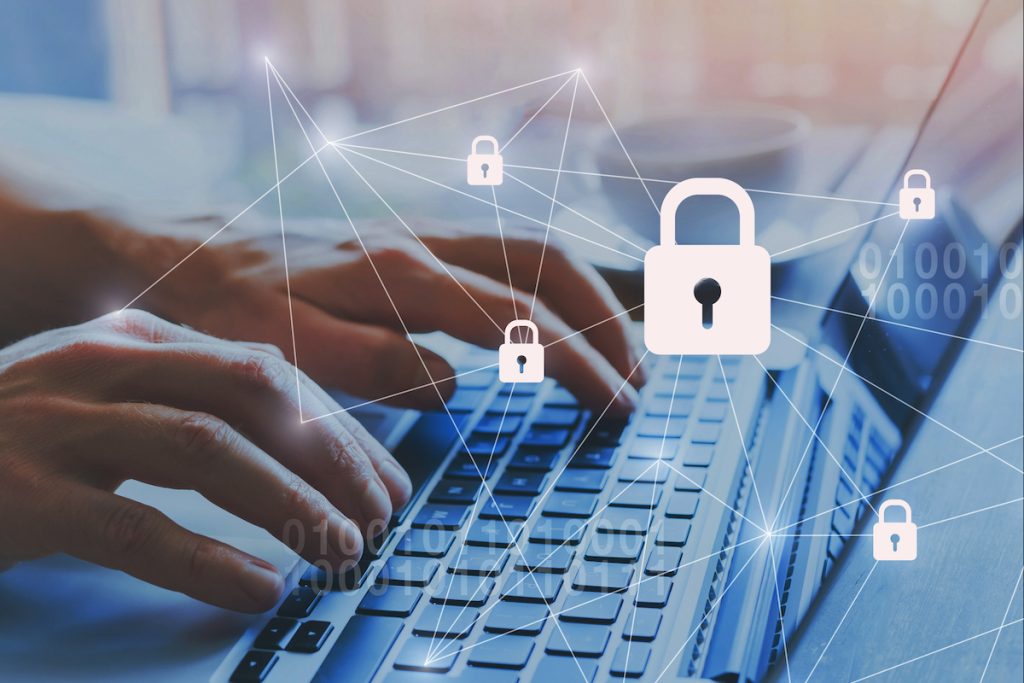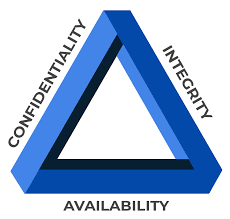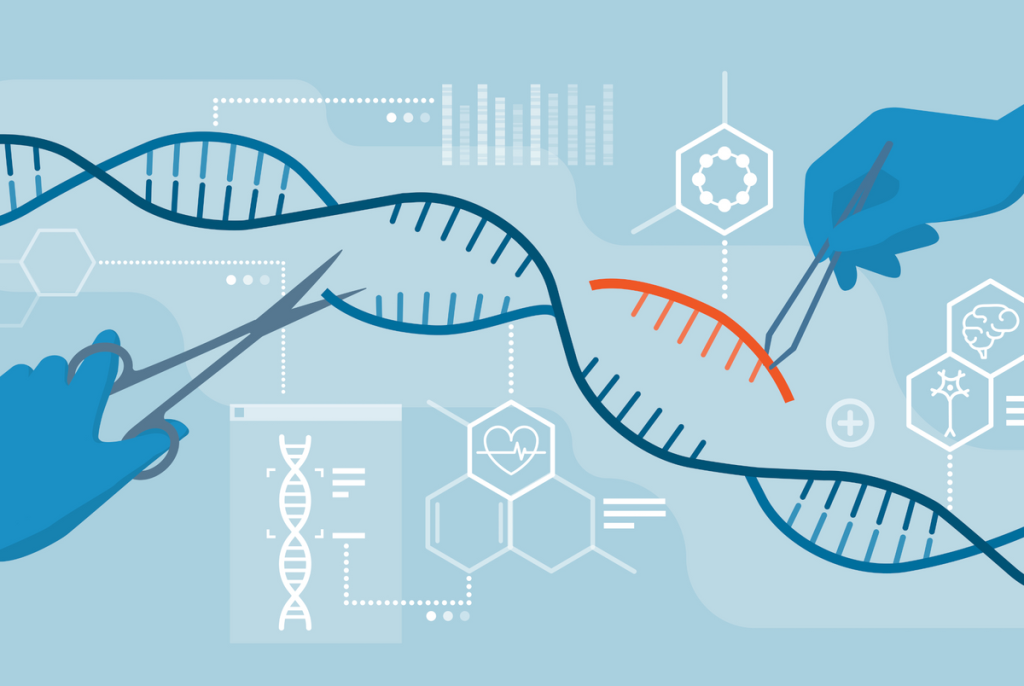Training Secures Success
Achieving the right equilibrium between prioritizing employee training and investing in cybersecurity technology is of utmost importance to successfully tool to avoid potential risks by cyberattacks. However, training will ultimately lead to organizational success.

Maintaining a balance between investing in employee training and acquiring additional cybersecurity technology is crucial for effective risk management in the age of cyberattacks. At the same time, training sessions can help ensure that all employees are on the same page regarding best practices for data security, creating a secure and a strong security culture within the organization. This ensures that the technology is compatible and integrated well with the existing systems to prevent any further vulnerabilities.
Consistent Training Required
Prioritizing employee training can lead to better risk management outcomes, as employees will have the necessary knowledge and skills to identify and respond to potential cyber-attacks. For instance, consistent training and ongoing professional development can also foster employee engagement in all aspects of cybersecurity and retention in the workplace at the same time. On top of that, a “ research suggests that human error is involved in more than 90% of security breaches,” (Mimecast). Meaning, having employees with extensive training can minimize the need for outsourcing security tasks to reduce the risk of breaches or other security lapses. Therefore, properly trained employees will be able to recognize potential cyber threats and take proactive measures to mitigate them.
Benefits From Development Programs
Furthermore, consistent training and ongoing professional development can also foster employee engagement and retention, contributing to a positive workplace culture and overall organizational success. According to Maryville University, “training and development programs provide a host of benefits. They enhance employee performance, boost employee productivity, reduce employee turnover, and improve company culture.” This not only means that allocating funds for training and development should be done in order to boost the employees and employers to consider a successful investment. Therefore, the importance of training holds a lot of power and at the same time integrates well with the existing systems to prevent any further vulnerabilities.
Conclusion
In conclusion, it is a challenge for many companies to decide where to send their funds, between prioritizing employee training and investing in cybersecurity technology since both are top priorities to guarantee a company success. In the end, training can bring many more benefits as previously stated, and this is the key to achieving a better culture environment, ensuring better performance for employees and employers at the same time. Training also strengthens the skills that employees already possess, and their leadership skills as well. It is not a secret that the biggest room is for improvement and in this case training serves as an opportunity to see a new perspective and give employees and employers a new perspective on their work.
References:
Maryville Online, “Importance of Training and Development for Employees,” December 15 2022,https://online.maryville.edu/blog/importance-of-training-and-development/#:~:text=Training%20and%20development%20programs%20provide%20a%20host%20of%20benefits.,turnover%2C%20and%20improve%20company%20culture.
“Cybersecurity Training & Exercises: CISA.” Cybersecurity and Infrastructure Security Agency CISA, https://www.cisa.gov/cybersecurity-training-exercises.
read more






